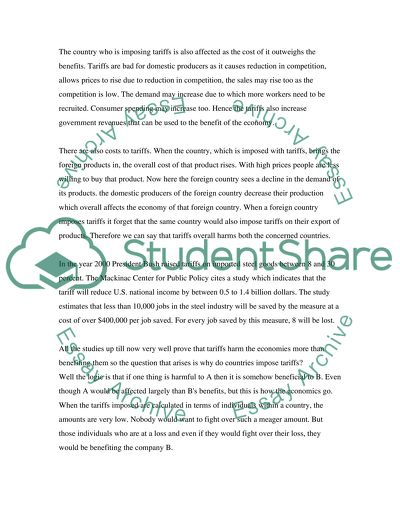Cite this document
(How Do Tariffs Affect Different Sectors of an Economy Coursework, n.d.)
How Do Tariffs Affect Different Sectors of an Economy Coursework. Retrieved from https://studentshare.org/macro-microeconomics/1519268-tariffs-and-free-trade
How Do Tariffs Affect Different Sectors of an Economy Coursework. Retrieved from https://studentshare.org/macro-microeconomics/1519268-tariffs-and-free-trade
(How Do Tariffs Affect Different Sectors of an Economy Coursework)
How Do Tariffs Affect Different Sectors of an Economy Coursework. https://studentshare.org/macro-microeconomics/1519268-tariffs-and-free-trade.
How Do Tariffs Affect Different Sectors of an Economy Coursework. https://studentshare.org/macro-microeconomics/1519268-tariffs-and-free-trade.
“How Do Tariffs Affect Different Sectors of an Economy Coursework”, n.d. https://studentshare.org/macro-microeconomics/1519268-tariffs-and-free-trade.


